Features of the use of pneumatic equipment in the repair and construction
Construction companies and production workshops most often use pneumatic tools, not familiar electric. Despite the fact that the pneumatic tool is less preferable, its possibilities are much wider. The power and performance of the pneumatic tool exceeds electrical tools. Some types of «pneumatics» are completely indispensable, such as an excavation, for example, or tire equipment. Air pressure, due to which the movement of mechanisms is carried out, is created by a compressor that works on the network or based on internal combustion energy. Therefore, compressed air is just a type of energy potential, or the method of energy transmission in which there are a lot of advantages. Firstly, this is the safety of the operation of a pneumatic device: there is no risk of getting an electric shock — it simply does not. This property allows you to work in dusty rooms, in rooms with high humidity, as well as in conditions of strong rain or snowfall, is enough for the compressor to be protected.
Air compressors are divided into rotary and piston. The most common are piston compressors, the principle of operation of which is to compress the air pumped through the compressor valves and into the receiver. The piston compressor group is moving through an electric motor or internal combustion engine. Despite the comparative simplicity of work, this design has its drawbacks: wear of contacting parts, as well as low performance with a significant level of noise. This is opposed to the low cost of the piston compressor, the maintainability and ease of maintenance of the device. Piston compressors are widely in demand in providing air of sandblasting equipment, air pumps and other pneumatic tools.



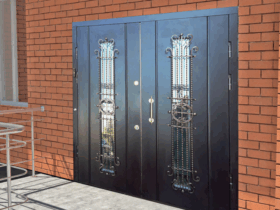


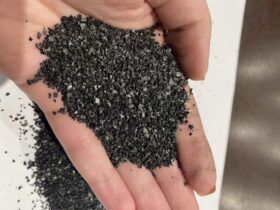
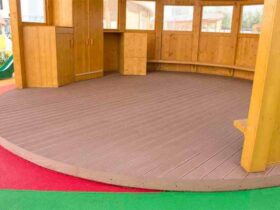
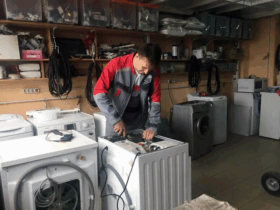


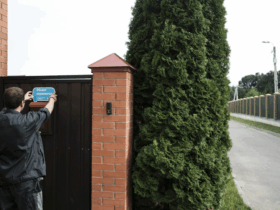

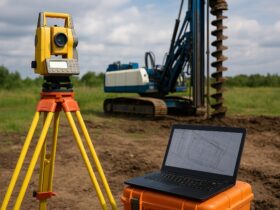
Оставить ответ